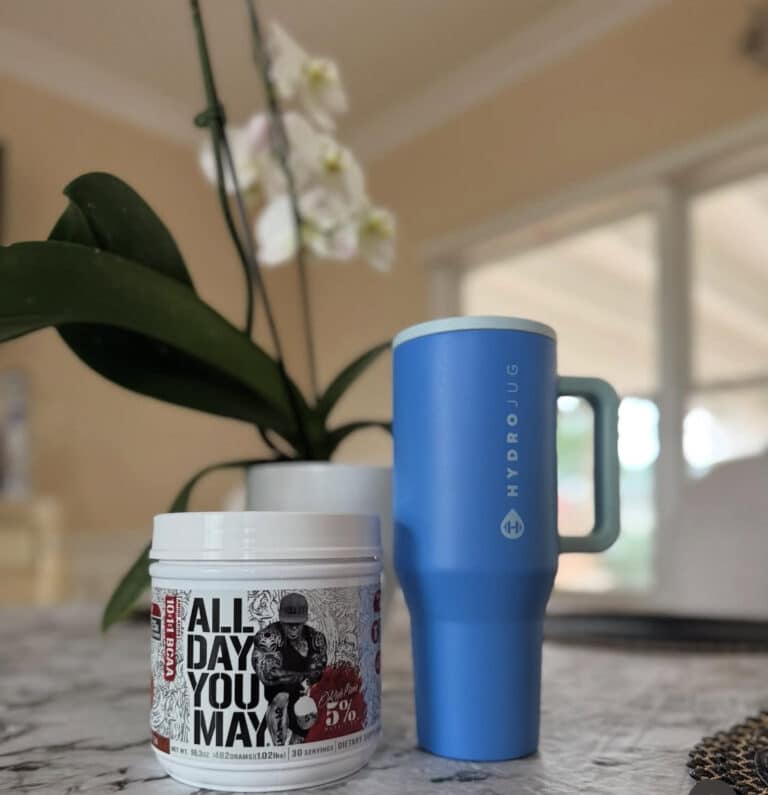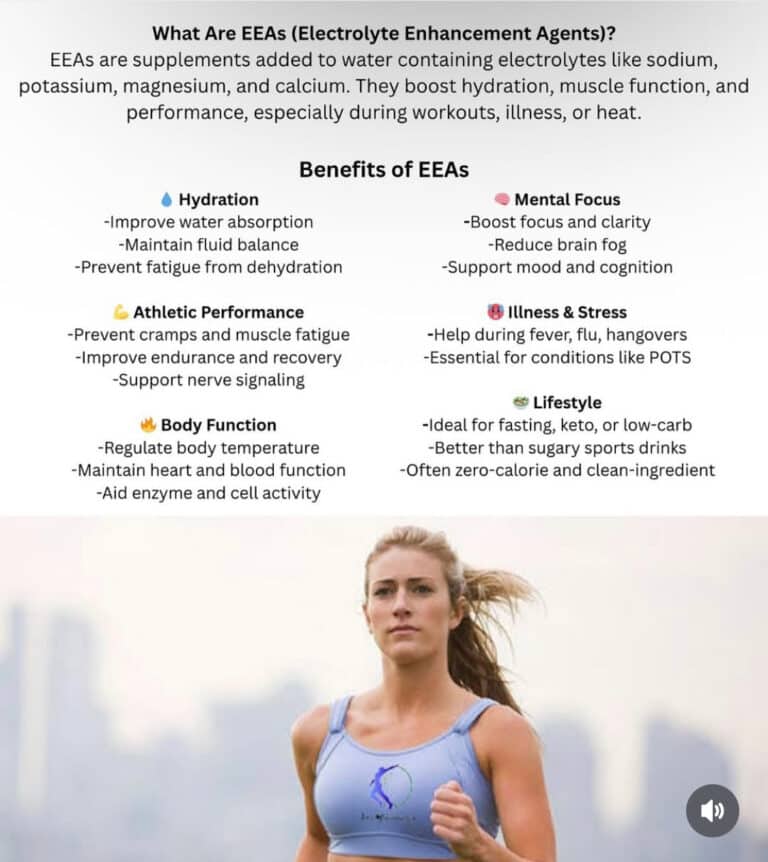10 Ultimate Pros and Cons of Creatine and Essential Amino Acids for Young Athletes
What is Creatine and How Does It Work?
Types of Creatine: Monohydrate vs. Alternatives
Creatine comes in various forms, but creatine monohydrate remains the gold standard due to its proven efficacy and affordability. Other types include creatine hydrochloride (HCl), ethyl ester, buffered creatine, and micronized versions. Research indicates that alternative forms aim to improve solubility or reduce side effects, but they often don’t outperform monohydrate in terms of muscle uptake or performance gains.
A 2022 systematic review examined these alternatives and found that while some claim better absorption, monohydrate consistently shows superior or equivalent results in building muscle strength and power.
For youth athletes, sticking with monohydrate is advisable, as it’s the most studied form with a strong safety profile. Other types might be marketed as “advanced,” but evidence suggests they’re not necessarily better for athletic enhancement.
Pros of Creatine for Athletes
Creatine and EAAs for athletes offer several advantages, starting with creatine’s ability to boost high-intensity performance. Studies show it can increase strength by 5-15% in resistance training, making it ideal for young athletes building foundational power.
In a 2019 meta-analysis of soccer players, creatine supplementation improved sprint speed and agility, which translates to better on-field results for team sports participants.
Another pro is enhanced muscle recovery. Creatine reduces markers of muscle damage after intense exercise, allowing athletes to train harder and more frequently without excessive soreness.
A 2021 systematic review and meta-analysis confirmed that creatine attenuates inflammation and oxidative stress post-workout, benefiting recovery in both youth and adult athletes.
Cognitive benefits are also noteworthy. Creatine supports brain function, improving short-term memory and reasoning (as well as Alzheimer’s) , which can help athletes maintain focus during competitions or training sessions.
A 2018 meta-analysis found oral creatine enhances intelligence and memory in healthy individuals, potentially aiding young athletes in strategic sports like tennis or gymnastics.
For all ages, creatine promotes muscle mass gains when combined with resistance training, leading to better body composition and injury prevention. It’s particularly safe for adolescents, with no adverse effects on growth or development reported in controlled studies.
Cons of Creatine for Athletes
Despite its benefits, creatine has drawbacks. Water retention is common, causing temporary weight gain of 1-3 kg due to increased intracellular fluid. This might concern weight-class athletes or those focused on aesthetics, though it’s not fat gain.
Gastrointestinal issues like bloating or cramps can occur, especially during loading phases (20g/day for 5-7 days)(*Loading phases are not necessary if 5g is maintained long term). Lower maintenance doses (3-5g/day) minimize this, but sensitivity varies.
A 2021 review addressed misconceptions, noting that while well-tolerated, some experience mild digestive upset.
However, those with pre-existing conditions should consult a doctor.
For youth athletes, parental oversight is crucial, as improper dosing could lead to dehydration if fluid intake isn’t increased.
Why BCAAs Suck Compared to EAAs
BCAAs—leucine, isoleucine, and valine—are a subset of EAAs often hyped for recovery. However, they fall short because MPS (muscle protein synthesis) requires all nine EAAs, not just three. BCAAs alone can’t fully activate the mTOR pathway for optimal protein synthesis, leading to incomplete muscle repair.
A 2022 systematic review of BCAA supplementation in exercise found limited benefits for muscle soreness and no superior effects on performance compared to full protein sources.
Studies show EAAs outperform BCAAs in stimulating MPS post-exercise. For instance, ingesting EAAs leads to greater anabolic response than BCAAs alone, as the missing EAAs limit efficacy. This is why creatine and EAAs for athletes are a better combo—EAAs provide complete support, while BCAAs might even compete with other amino acids for absorption, potentially hindering balance.

For youth athletes, BCAAs could mislead by promising quick fixes without delivering sustained growth. A narrative review highlighted that while BCAAs reduce fatigue in some contexts, they don’t match EAAs for overall recovery.

Evidence from Recent Studies
